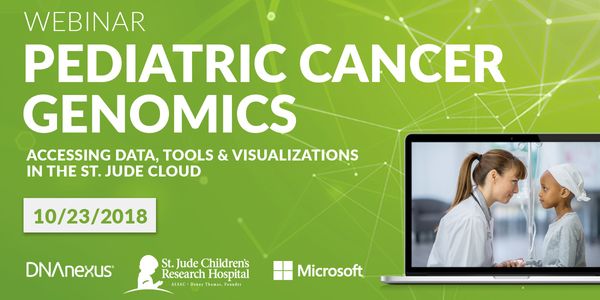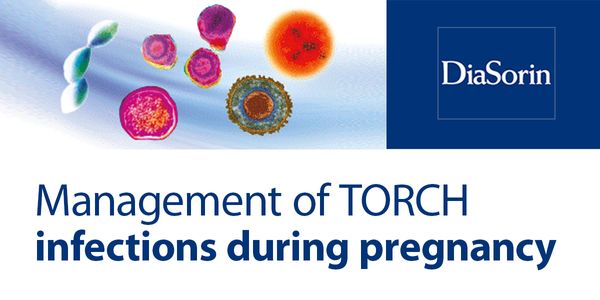Diagnostics
Diagnostics: diagnosis based on information from sources such as findings from a physical examination, interview with the patient or family or both, medical history of the patient and family, and clinical findings as reported by laboratory tests and radiologic studies. Differential diagnosis involves the process of weighing the probability of one disease versus that of other diseases possibly accounting for a patient's illness. The differential diagnosis of rhinitis (a runny nose) includes allergic rhinitis (hayfever), the abuse of nasal decongestants and, of course, the common cold.
-
NOV 07, 2018 | 8:00 PMDATE: November 7, 2018TIME: 8:00PM PSTExosomes have been shown to have significant roles in cancer including disease progression acting in the tumor micro-environment, metasta...NOV 07, 2018 | 7:00 AMDATE: November 7, 2018TIME: 7:00AM PDTExosomes have been shown to have significant roles in cancer including disease progression acting in the tumor micro-environment, metastasis a...OCT 30, 2018 | 9:00 AMDATE: October 30, 2018TIME: 9:00AM PSTMass spectrometry-based proteomics is a rapidly growing area of research that provides useful information for many fields including basi...Speaker: Sandra Spencer - Ph.D. Analytical Chemistry, BS Chemistry, minor Mathematics, BS Biochemistry, minor SpanishOCT 23, 2018 | 10:00 AMDATE: October 23, 2018TIME: 10:00am PDT, 1:00pm EDT Next-generation genomic sequencing is transforming what is known about pediatric cancer and how we treat patients. But eve...OCT 17, 2018 | 9:00 AMDATE: October 17, 2018TIME: 09:00am PT, 11:00pm CT, 12:00pm, ET Each patient case request can vary in what is required to make a diagnosis by the pathologist.Many times, the patholog...OCT 16, 2018 | 7:00 AMDATE: October 16, 2018TIME: 7:00am PDT, 10:00am EDT In today’s healthcare environment, leaders are increasingly asked to demonstrate value in terms...OCT 16, 2018 | 6:00 AMDATE: October 16, 2018TIME: 3:00 PM CEST, 6:00 AM PDT This webinar will provide an overview on some pathogens that can be transmitted from mother to fetus du...Recent work has identified epigenomic features of distal regulatory elements to be dynamic and defining indicators of cellular specification and transformation. Of particular relevance is our...Speaker: Martin Hirst, PhD
Although targeted therapies often elicit profound initial patient responses, these effects are transient due to residual disease leading to acquired resistance. How tumors transition between...
Two projects looking at novel approaches to targeting inflammatory breast cancer will be presented. Inflammatory breast cancer (IBC) is a unique, understudied, and most lethal subtype account...
Speaker:
Kevin Williams, PhD
The oncogenic transcription factor c-MYC (MYC) is deregulated, and often overexpressed, in more than 50% of cancers. MYC deregulation is associated with poor prognosis and aggressive disease,...
Speaker:
Jason De Melo, PhD
OCT 11, 2018 | 9:00 AM
High dose of biotin may interference with many routine clinical immunoassays and inaccurate results of some of the tests such as cardiac troponin has serious clinical complications. There is...
Speaker:
Danni Li, PhD, DABCC
In the past two decades a small number of infrequently dividing cells have been proposed as the source of multi-drug resistance during cancer treatment. These cells identified by their expres...
Speaker:
Krastan Blagoev, PhD
PacBio Sequencing simultaneously provides long sequence reads, high consensus accuracy, minimal sequence bias, and methylation detection. I will highlight new advances and updates on applying...
Speaker:
Jonas Korlach, PhD
RNA sequencing unlocks the mysteries hidden in the transcriptome. Whether your goal is gene expression analysis, gene fusion analysis, SNP analysis or miRNA expression analysis, achieving hig...
Speaker:
Jonathan Shaffer, PhD, MBA
To date the anatomic extent of tumor (TNM-classification) has been by far the most important factors to predict the prognosis of cancer patients. However, this classification provides limited...
Speaker:
Jerome Galon, PhD
























